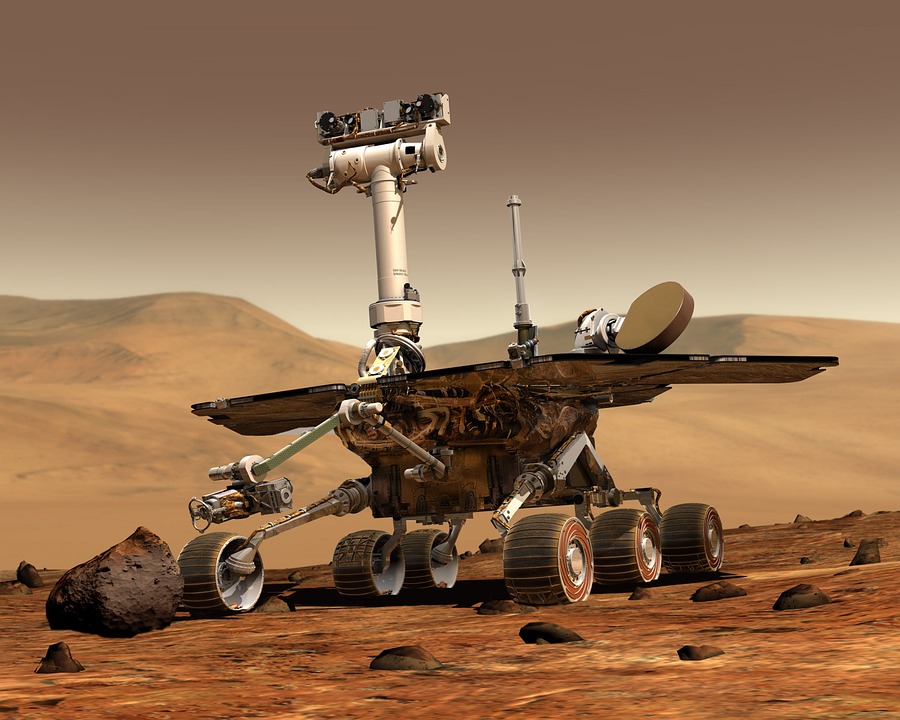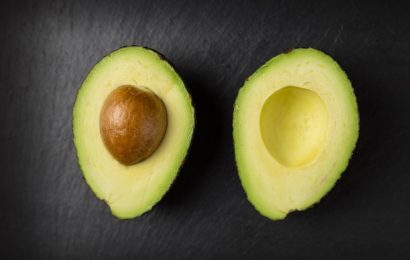Latest NASA investigation shows that life on Mars existed and reveals mineralogical diversity on the Red Planet
Questions such as “What is the history of the climate on mars?” and “What were the conditions like long ago, before Mars lost its atmosphere?” are now closer to a certain answer due to NASA investigations.
The data gathered by NASA’s Curiosity rover over the last 5 years have helped scientists construct a more detailed portrait of the history of Gale Crater and the lowermost layers of Mount Sharp. The rocks studied during the mission have show that this place was once a muddy lakebed, filled with water.
Moreover, research suggests with more certainty that this environment was once habitable. The diversity of minerals found in the rock samples collected by Curiosity reveal details about the ancient environmental changes that took place as Mars started to lose its atmosphere, millions of years ago.
“We went to Gale Crater to investigate these lower layers of Mount Sharp that have these minerals that precipitated from water and suggest different environments. These layers were deposited about 3.5 billion years ago, coinciding with a time on Earth when life was beginning to take hold. We think early Mars may have been similar to early Earth, and so these environments might have been habitable. ” said Elizabeth Rampe, a NASA exploration mission scientist
Researchers looked specifically at 4 samples that were taken from lower layers of Mount Sharp using the rover’s drill. They looked at the mineralogy of a layered mudstone called lacustrine, which is formed by lake sedimentation. Here on Earth, lacustrine environments are huge contributor of petroleum source rocks.
The team mentioned that the minerals that they found in the 4 different samples vary widely within the layers of the rocks. This suggests that several different environments were present in ancient Gale Crater. More than that, there is evidence of waters with different pH and varying conditions.
“We have all this evidence that Mars was once really wet but now is dry and cold,” Rampe said. “Today, much of the water is locked up in the poles and in the ground at high latitudes as ice. We think that the rocks Curiosity has studied reveal ancient environmental changes that occurred as Mars started to lose its atmosphere.”




